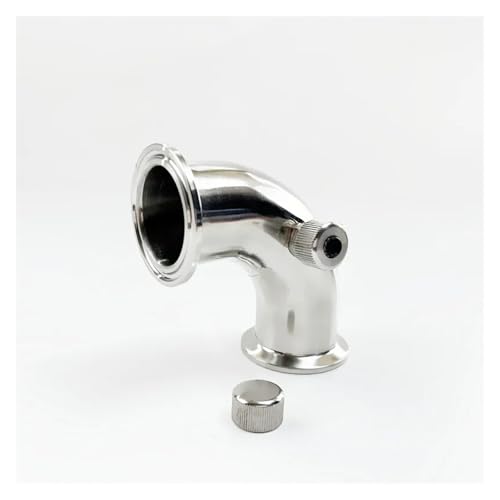Hi all,
after my first ever foray into brewing I am going to be attempting a larger batch in the next couple of weeks. I do have just a couple of questions to make sure that I get consistant results:
- Secondary fermentation. I was planning on fermenting in the bottles; can this be done with crown caps or would I need to get more of the swing top bottles that I used for my initial batch?
- Carbonation/priming sugar - when is the best time to add this whether fermenting in bottles or in a keg?
- Filtering beer: other than finings, what other methods can I use to remove any particles? I'm not too fussed on cloudy beer, I just want a nice sediment-free result.
Thank in advance folks!
after my first ever foray into brewing I am going to be attempting a larger batch in the next couple of weeks. I do have just a couple of questions to make sure that I get consistant results:
- Secondary fermentation. I was planning on fermenting in the bottles; can this be done with crown caps or would I need to get more of the swing top bottles that I used for my initial batch?
- Carbonation/priming sugar - when is the best time to add this whether fermenting in bottles or in a keg?
- Filtering beer: other than finings, what other methods can I use to remove any particles? I'm not too fussed on cloudy beer, I just want a nice sediment-free result.
Thank in advance folks!




































![BREWING THERMOMETER STICKERS ACCURATELY MONITOR FERMENTING BEER & WINE LIQUID TEMPERATURES 5PCS HOME BREW SPIRITS WINE LCD ADHESIVE [US]](https://m.media-amazon.com/images/I/311DDjo2X3L._SL500_.jpg)



